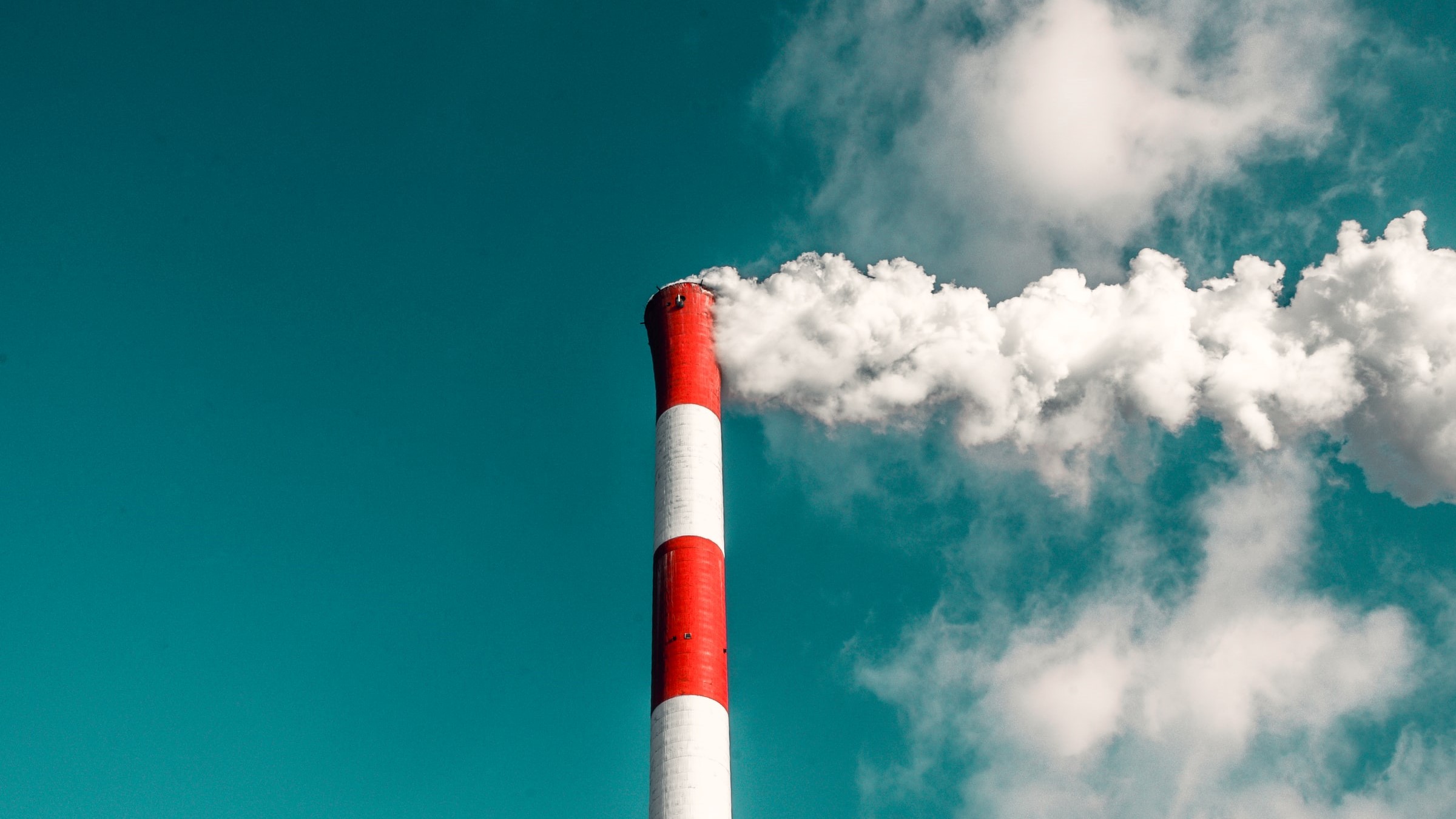With the alarming effects of climate change worsening every day, the concept of carbon footprint—defined as the total amount of greenhouse gas generated by an individual or organization—has become very popular. Since the industrial revolution, human activity has significantly increased the concentration of greenhouse gases (Carbon dioxide, methane, nitrous oxide, etc.) in the atmosphere. The excess of these gases absorbs extra radiations and increases the heat in the atmosphere, causing global warming and its deadly consequences. To mitigate global warming, it is imperative to reduce the concentration of greenhouse gases in the air. We not only need to reduce the production of greenhouse gas, but also actively remove them from the atmosphere. Today, a handful of technologies are available to capture and sequester carbon dioxide (CO2), the primary gas emitted by human activity.
Starting with the biotechnology that we are all familiar with… plants! As part of photosynthesis, plants capture water and carbon dioxide and transforms them into glucose for energy and oxygen released into the atmosphere. This marvelous technology has been keeping the concentration of carbon dioxide in the atmosphere balanced for millions of years without fail. Unfortunately, human activity releases carbon dioxide as such a fast rate over the past decade. Coupled with rapid deforestation, forests can no longer keep up with offsetting our carbon emissions. To put it into perspective, it is estimated that global forests absorb a net 7.6 billion metric tons of CO2 per year (WRI), a mere 21% of the 36.4 billion tons of CO2 emissions (Statista).
If we truly want to offset the global carbon emissions—which is unfortunately on an upward trend—we need more than trees. Also known as CCS, Carbon Capture and Sequestration is a proven technique to help reduce greenhouse gas emissions, and ideally, remove carbon from the atmosphere. The basic principle is to capture carbon dioxide, compress and store it underground for permanent storage. The implementation of CCS however varies; researchers have developed numerous techniques, ranging from direct air capture (DAC) to the chemical separation of CO2 at industrial plants. Each of these methods have their respective limitations, the most common one being cost. This explains why there are less than 30 operational large-scale CCS facilities worldwide (Statista). Aside from CCS, other carbon removal techniques include ocean fertilization, biochar and enhanced rock weathering which is explored in more detail here.

Carbon Dioxide Removal Options. Image source: Global CCS Institute
While CCS is a commendable technology, its current effectiveness is embarrassingly low. Collectively, CCS facilities capture roughly 40 million metric tons of carbon annually, just 0.1% of global emissions (IEA). The graph below compares carbon emissions and removal, revealing an unfortunate reality: The world is far from carbon neutrality.
Should we sink in despair and give up hope? Absolutely not. As time passes, CCS techniques are becoming more efficient and affordable. Over the next few years, we can expect this technology to remove much more carbon from the air. Solving our climate problems requires additionally a drastic reduction in emissions. More than 90% of countries have set a target of 2050 to become carbon neutral and have already started to enforce supporting policies. For instance, Scotland is now coal-free, and many cities (New Delhi, Paris, Barcelona) have partially banned car use to reduce pollution. These systemic changes will certainly move the needle in tackling global warming. As individuals, we need to hold governments and lawmakers accountable to ensure they meet their environmental targets.
Aside from systemic changes, the world’s transition to sustainability depends on our daily, mundane choices: taking public transport, cutting bath time, skipping beef, etc. These seemingly insignificant decisions are not to be underestimated. They collectively make a difference in reducing global emissions. You can also share this article with a friend or family member to raise awareness about environmental issues and encourage them to live more sustainably.
Written by Kelly Jean, Class of 2021
Photo Credit: Unsplash

